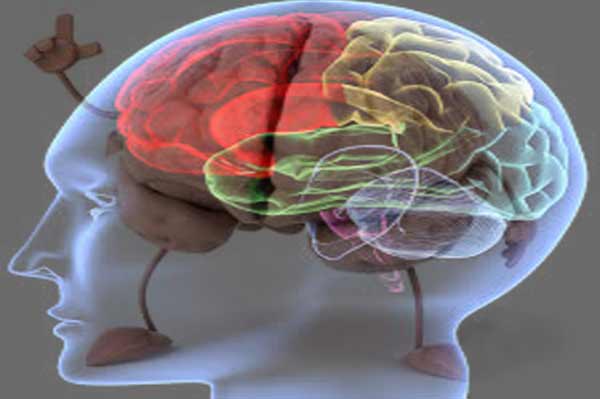
Washington, US (BBN)- Over the last 40 years we have learned more about the human brain than in the previous 400 years.
Educators and neuroscientists have been trying to put this knowledge to work by transforming the information of basic and clinical neurosciences into practical insights for the classroom, reports the Infoatedu.
In a series of special features, we will be looking at how the brain works and what this can tell us about your teaching.
First, however, it is important to remember that all learning is brain-based.
Through the process of education, we are trying literally to change the brain not the pancreas, spleen, or lungs.
Indeed, education is practical neuroscience.
That does not mean that every teacher needs to become a neuroscientist or memorize 100 neurotransmitters and 50 brain areas responsible for cognition.
But it does mean that teachers can become more effective with some knowledge of how the brain senses, processes, stores, and retrieves information.
NEURAL SYSTEM FATIGUE
Learning requires attention. And attention is mediated by specific parts of the brain.
Yet, neural systems fatigue quickly, actually within minutes. With three to five minutes of sustained activity, neurons become “less responsive”; they need a rest (not unlike your muscles when you lift weights).
They can recover within minutes too, but when they are stimulated in a sustained way, they just are not as efficient.
Think about the piano and the organ; if you put your finger on the organ key and hold it down it will keep making noise, but the piano key makes one short note, and keeping your finger there produces no more sound.
Neurons are like pianos, not organs.
They respond to patterned and repetitive, rather than to sustained, continuous stimulation.
Why is this important for a teacher?
When a child listens as you say, “George Washington was 6’4″ tall,” she uses one neural system (call it A).
When she is told about a concept related to that fact (“The average height of men during the Revolutionary War was only 5’4″,” a slightly different, but functionally interconnected neural set (B) is used.
When she listens to a vignette: “Washington, at the darkest moment in the Revolution, when his soldiers were deep in the despair of defeat, starving and freezing at Valley Forge, slowly rose to his full height and, using his dominant personality (in part conveyed by his physical dominance) and was able to motivate his discouraged soldiers to re-enlist and continue fighting,” yet other related neural systems are active (C and D).
These interrelated neural systems are all important in learning; indeed, our students will learn more completely if they make “changes” (create memory) in all of these neural systems (A, B, C, and D).
Facts are empty without being linked to context and concepts.classrooms, his or her brain will seek novelty. So, if this child hears only factual information, she will fatigue within minutes.
Only four to eight minutes of pure factual lecture can be tolerated before the brain seeks other stimuli, either internal (e.g., daydreaming) or external (Who is that walking down the hall?).
If the teacher is not providing that novelty, the brain will go elsewhere.
Continuous presentation of facts or concepts in isolation or in a nonstop series of anecdotes will all have the same fatiguing effect and the child will not learn as much, nor will she come to anticipate and enjoy learning.
The best presentation, the most engaging and effective teaching, has all three elements. And it is very important how the teacher puts these elements together.
THE BOB-AND-WEAVE LECTURE
The most effective presentation must move back and forth through these interrelated neural systems, weaving them together.
These areas are interconnected under usual circumstances, like a complete “workout” in the gym where we rotate from one station to another.
Similarly, in teaching, it is most effective to work one neural area and then move on to another.
Engage your students with a story to provide the context. Make sure this vignette can touch the emotional parts of their brains.
This will activate and prepare the cognitive parts of the brain for storing information. Information is easiest to digest when there is emotional “seasoning” humor, empathy, sadness, and fear all make “dry” facts easier to swallow.
Give a fact or two; link these facts into related concepts. Move back to the narrative to help them make the connection between this concept and the story.
Go back to another fact. Reinforce the concepts. Reconnect with the original story. In and out, bob and weave, among facts, concept, and narrative.
Human beings are storytelling primates.
We are curious, and we love to learn.
The challenge for each teacher is to find ways to engage the child and take advantage of the novelty-seeking property of the human brain to facilitate learning.